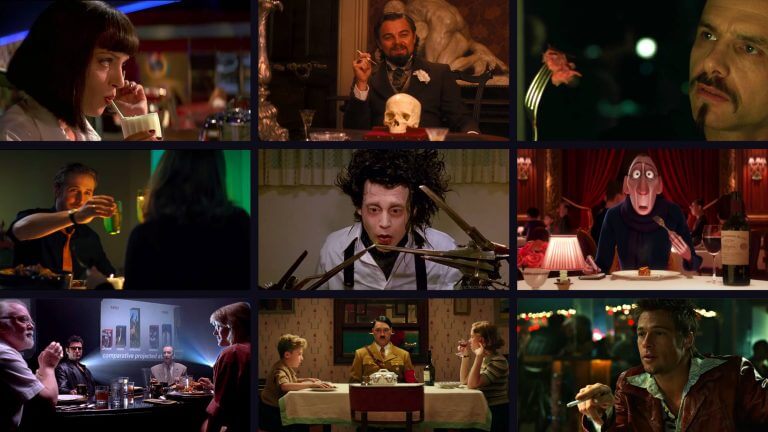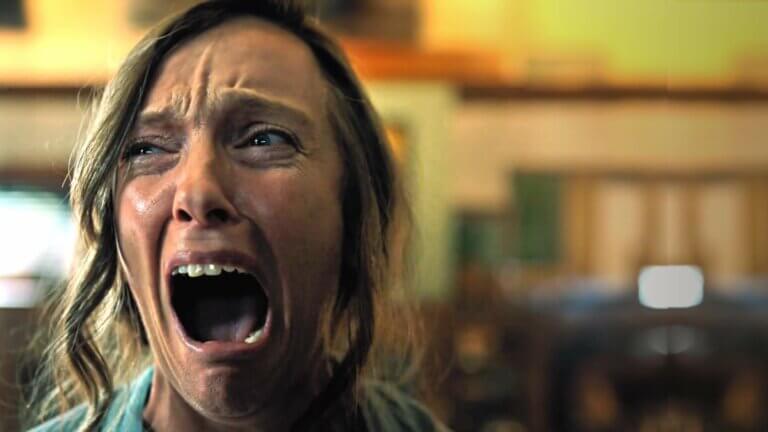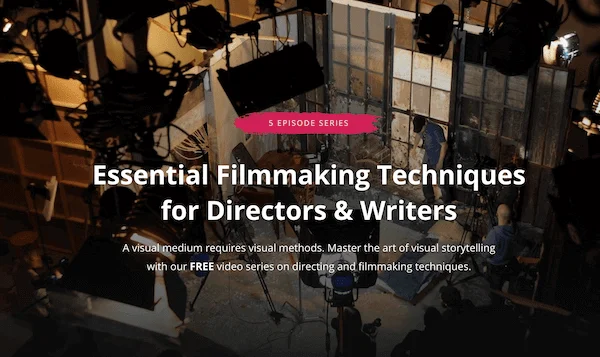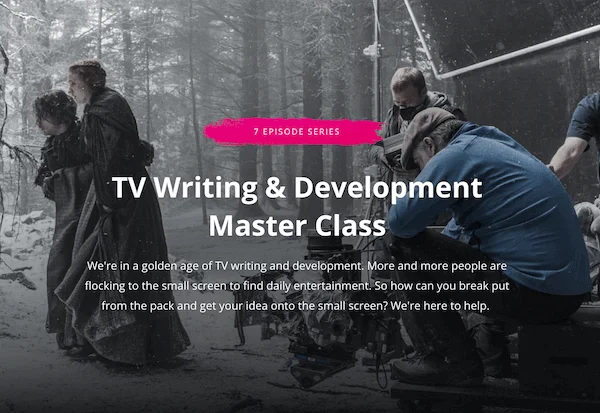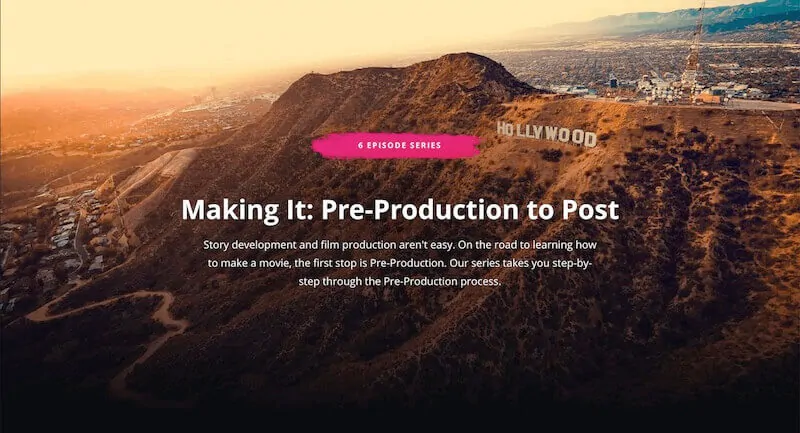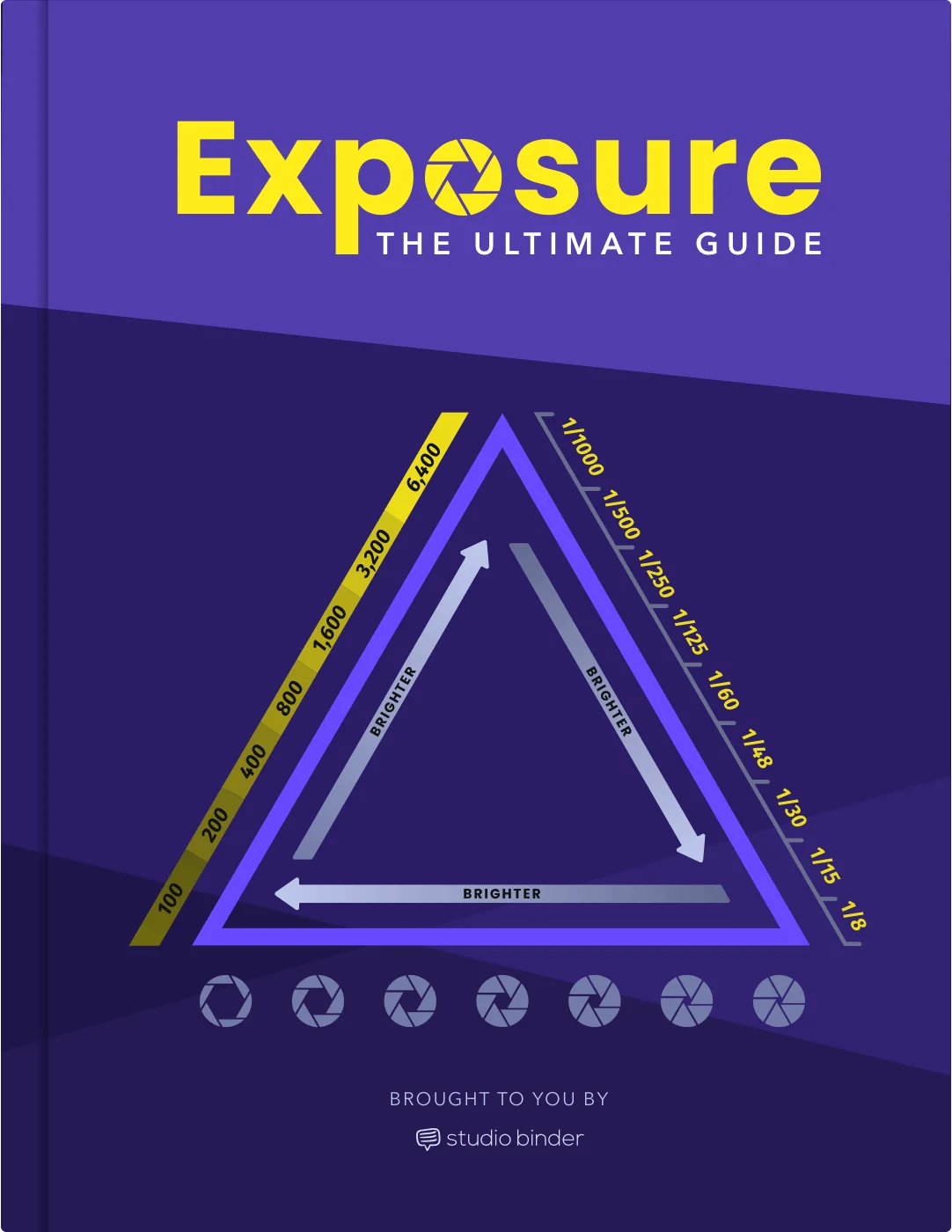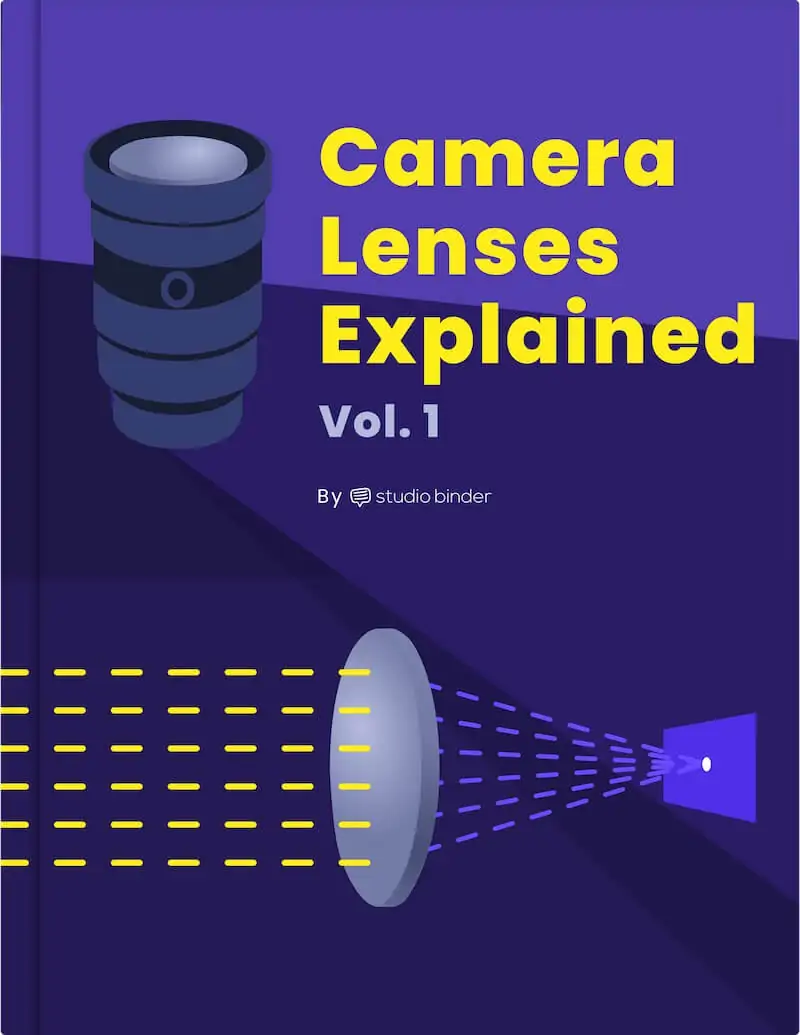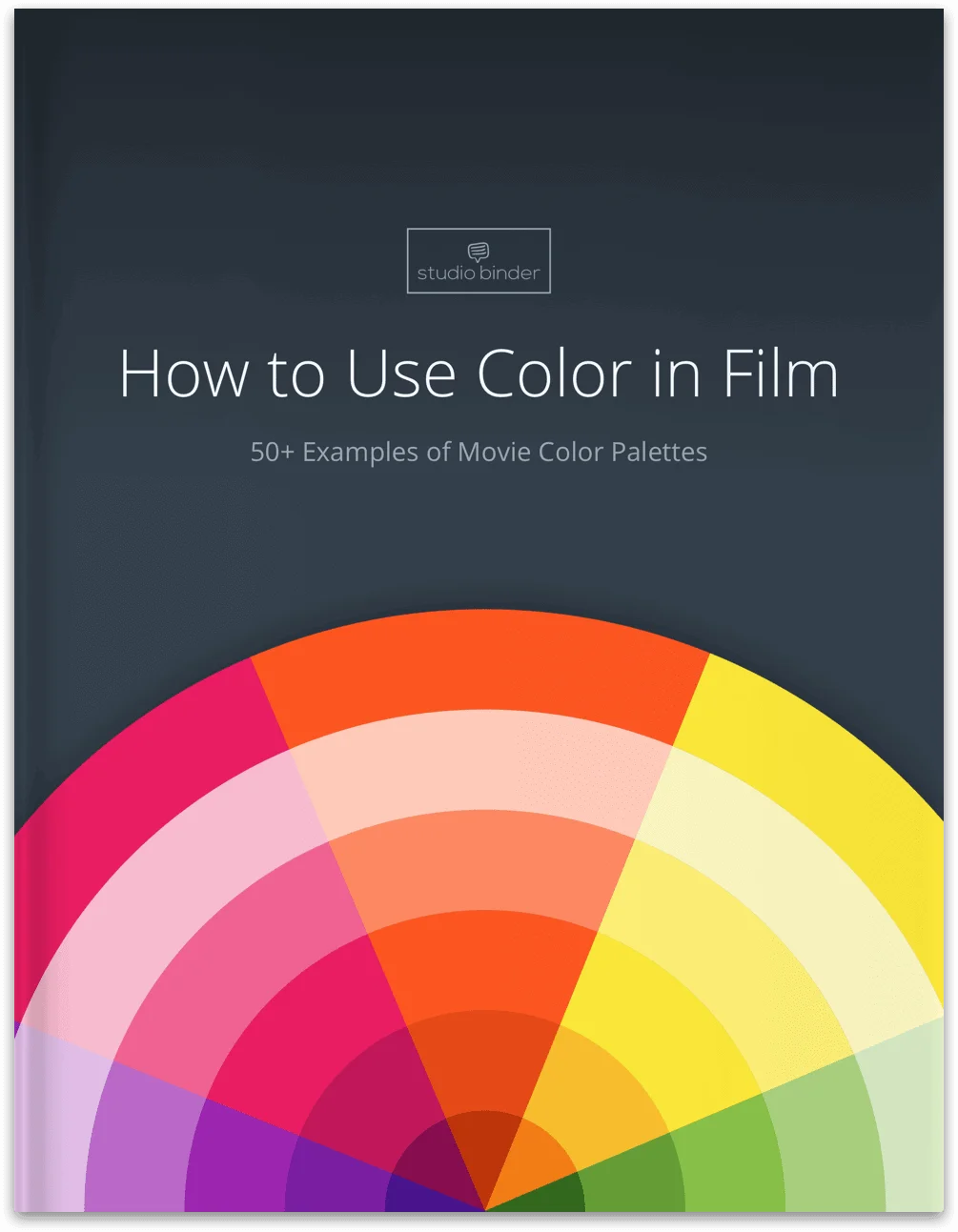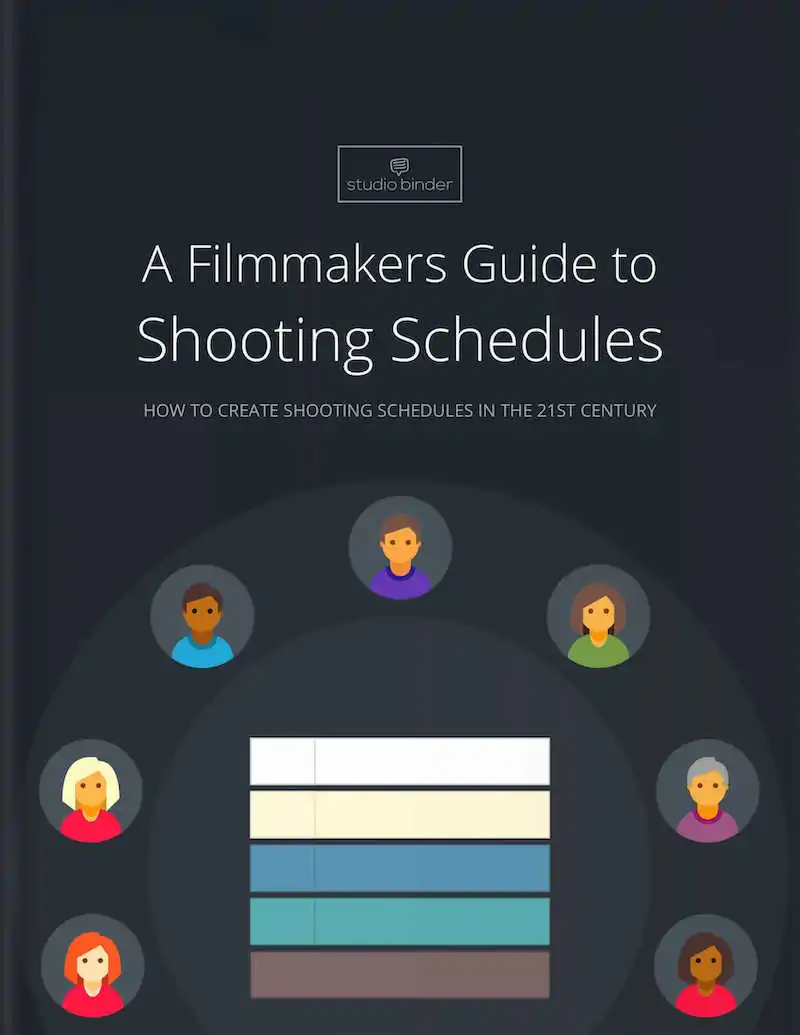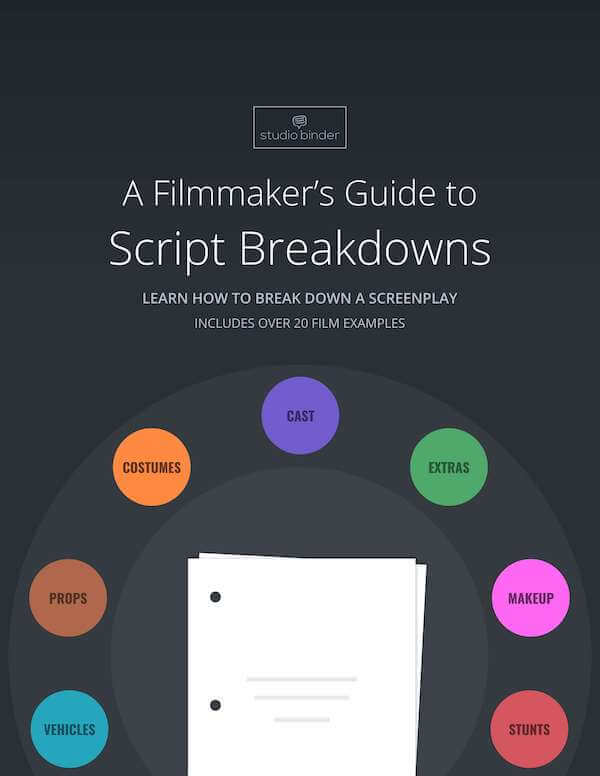The modern film industry is riddled with the remake and revamping of past films. One way movies are remade are through live-action versions of past films. In this read, we’ll dive into what defines a live-action movie and how it differs from other types of films.Continue reading What is a Live Action Movie — Definitions & Examples
The dinner scene. We’re all familiar with an awkward dinner, but some films elevate this mundane practice into pure art. Screenwriting is all about writing what you know, and these writers knew the dinner table was an ideal place for horror, dramatic irony, and comedy. These are the best dinner scenes in movies of all time.Continue reading Best Dinner Scenes in Movies and Why They Work
Emotions are subjective experiences that shape our daily lives. These experiences involve both physiological and psychological changes, influencing our thoughts, behaviors, and interactions. They are fundamental to our daily experiences, shaping how we interact with the world and each other. Our relationships, jobs, hobbies, and fears are all influenced by the emotions that emerge from our experiences. That said, emotions are at the core of our experience of life itself. So how exactly do they arise within us?Continue reading What are the Theories of Emotion — 4 Theories Explained
Great poets have the ability to conjure up vivid images in our heads using only the written language. While there are a few techniques and devices that help create such visually detailed poetry, few are more powerful than imagery. Continue reading What is Imagery in Poetry — Definition and Examples
When we think back on a film or novel, we may not remember the specificities of a scene, shot, or chapter, but we will remember the essence of the story — the nugget of wisdom we walk away with when the story is over. Every story, from grandiose tales of adventure to the most introspective of character studies, holds a moral. Continue reading What is the Moral of the Story — Definition & Examples
Repetition and rhythm can make mundane ideas have tremendous impact. A great example of this done in a very specific way is chaismus. While its use has been traced back to ancient texts, including the Bible and works of classical Greek and Latin authors, its formal identification and naming as a distinct rhetorical device occurred much later. But what is chiasmus exactly? Continue reading What is Chiasmus — Definition, Examples, and Uses
Sometimes, the challenge of communicating can be efficiency. This means communicating large ideas through the least amount of language possible. One of the best devices we have that does this is the adage. You’ve likely encountered adages in your daily life, but had not even recognized them. What is an adage exactly and how are they used? Continue reading What is an Adage — Definition, Examples & Uses
Superlatives—those words that signify the highest degree or the utmost level of something — are often the best words to use when writing imagery or describing something with emotion. Impactful writing often uses superlatives to paint a vivid description. Continue reading What is a Superlative — Definition & How to Use Them
Photography and cinematography are often referred to as “painting with light.” This means that photographers and videographers need to have a keen understanding of how to use light when capturing images, from both an artistic and scientific standpoint. Lighting ratios stand firmly in between the two camps, used creatively but achieved through a mathematical formula. Let’s look at what a lighting ratio is, and how you can use it.Continue reading Lighting Ratios Explained — And Why They Matter
When a layperson thinks about how a movie is shot, a director and cinematographer is typically what comes to mind. But a large part of a shot’s quality comes from the work of the 1st assistant camera. But what does an AC do? We’ll give you the 1st assistant camera job description, duties, salary, and more.Continue reading 1st Assistant Camera — Job Description & Role Explained

